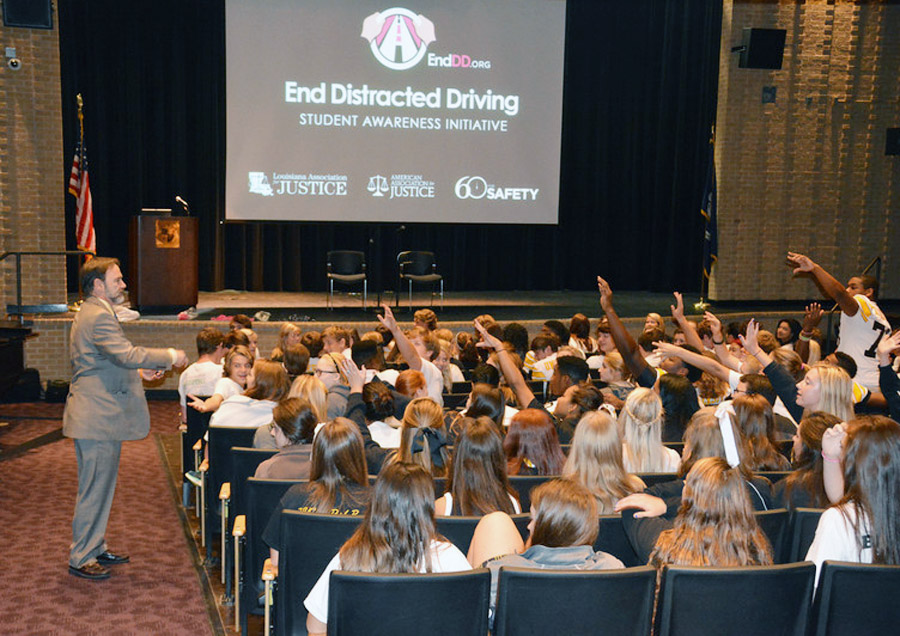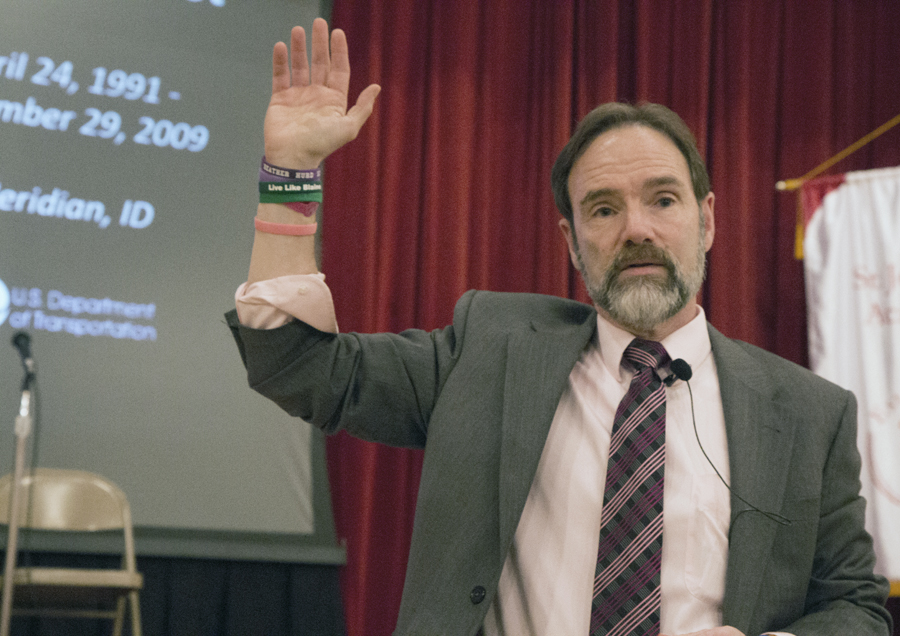
- Home
- Distracted Driving Facts
What Is Distracted Driving?
Distracted driving is any activity that diverts attention away from the primary task of driving.
Distracted Driving Fatalities Have Been Underestimated for Years
NHTSA provides annual reports of distracted driving fatalities based on data taken from police reports and entered into the FARS system. Those numbers indicate about 3,100 distracted driving deaths per year, or about 10% of all motor vehicle fatalities. But everyone working in traffic safety knew that those numbers underestimated the real number of fatalities. The reasons for that include there is no “blood test” for distracted driving, drivers don’t admit when they are driving distracted and often police do not have the resources to fully investigate causes of crashes.
NHTSA Statistical Analysis Indicates that the True Cost of Distracted Driving is Much Greater Than Reported
NHTSA’s Report “The True Cost of Economic and Societal Impacts of Motor Vehicle Crashes, 2019, indicated that rather than 3,100 deaths per years, distracted driving fatalities were likely in excess of 10,000 per year. Accordingly. The % of traffic fatalities caused by distracted driving was likely to be about 29% as opposed to 10%.
“I’m a good driver. I can handle it.”
Most drivers see others driving distracted on nearly every trip they take. We get angry when we see others driving distracted, yet many of us drive distracted. Reducing distracted driving and saving lives will require us to change he way we think about distracted driving.
Crash and Distracted Driving Statistics
- Total traffic fatalities for 2022 Estimated By NHTSA to be about 42,800
- The fatal crash rate for teens is 3 times greater than for drivers age 20 and over (IIHS)
- Driver distraction is responsible for more than 58% of teen crashes. AAA Foundation for Traffic Safety
- According to the CDC drivers aged 15-19 were more likely to be distracted than drivers aged 20 and older, among drivers in crashes where a death occurred.
- According to the CDC, YRBS, while about 175 of 9th grade students will text and drive, about 60% of 12th graders will do so
- Cambridge Mobile Telematics reports the amount of time drivers are distracted by their phones increased by about 23% from 2020 to 2022
- Cambridge Mobile Telematics reports that drivers interacted with their phones 58% of trips in 2022, up from 54% in 2020.
Three types of distractions:
Traffic safety experts classify distractions into three main types: Manual, Visual and Cognitive.
- Manual distractions are those where you move your hands from the wheel.
- Visual distractions are those where you focus your eyes away from the road.
- A cognitive distraction is when you’re mind wanders away from the task of driving.
Texting involves all three types of distraction.
Cell Phone Use:
- People are as impaired when they drive and talk on a cell phone as they are when they drive intoxicated at the legal blood-alcohol limit of 0.08%. University of Utah
- Cell phone users are 5.36 times more likely to get into an accident than undistracted drivers. University of Utah
- Text messaging for commercial drivers increases the risk of crash or near-crash by 23 times. Virginia Technical Transportation Institute, USDOT
- Sending or reading a text message takes your eyes off the road for about 5 seconds, long enough to cover a football field while driving at 55 mph NHTSA
Drivers are not taking this seriously enough:
- Over 84% of drivers recognize the danger from cell phone distractions and find it “unacceptable” that drivers text or send an email while driving. Nevertheless, 36% of these same people admit to having read or sent a text message or e-mail while driving in the previous month. AAA Foundation for Traffic Safety
Teens whose parents drive distracted are 2 to 4 times as likely to also drive distracted.
Visit our Research and Statistics page to learn more.










